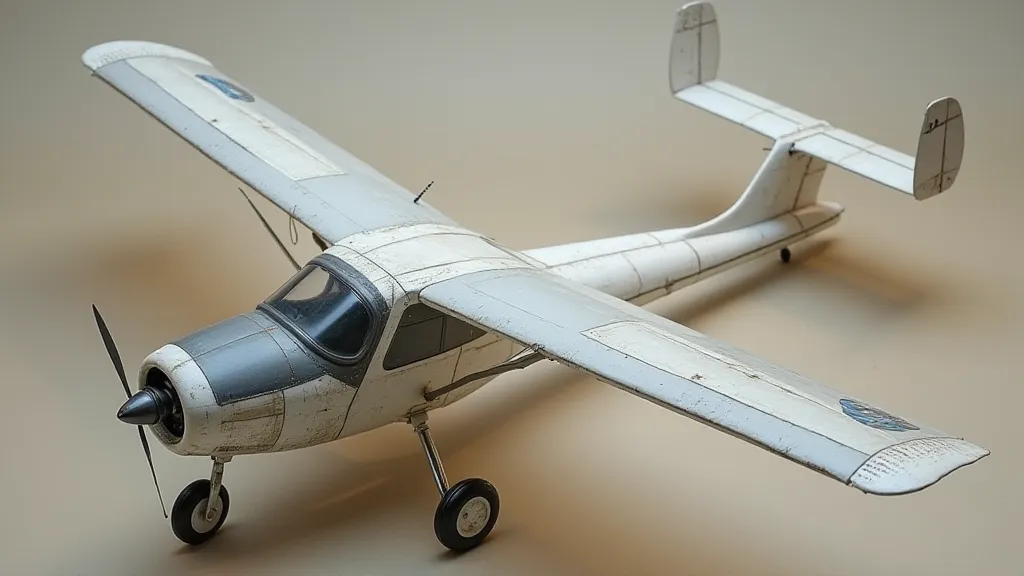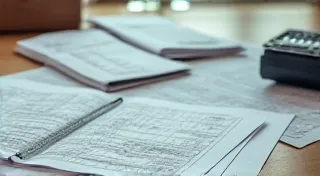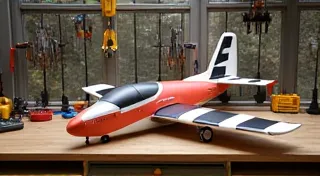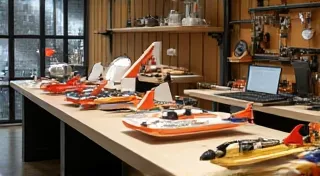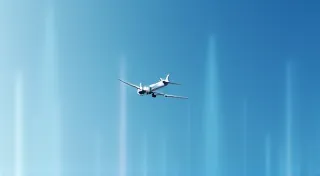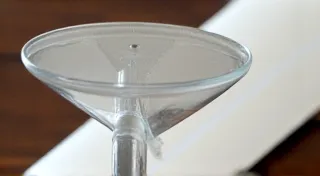Balancing Your RC Airplane: A Crucial Step
Balancing your radio-controlled airplane is arguably one of the most important, yet often overlooked, steps in the building process. A poorly balanced airplane will be unstable, difficult to control, and ultimately, a frustrating experience. Proper balancing ensures a stable, predictable, and enjoyable flight.
Why is Balancing So Important?
Imagine trying to walk with a heavy bag unevenly slung over your shoulder. It would be wobbly and difficult, right? An RC airplane is similar. The point around which the airplane balances is called the center of gravity (CG). If the CG isn't in the correct location, the airplane will tend to pitch up or down uncontrollably, making it difficult to maintain a stable flight path. A forward CG generally results in a stable, but slower flight, while a rearward CG makes the plane more maneuverable but also more prone to stalling.
Finding the Center of Gravity: A Step-by-Step Guide
- Consult Your Plans: Your airplane’s plans will usually specify the recommended CG location. This is the starting point for your balancing process. It's often measured as a distance from the leading edge of the wing.
- Prepare for the Test: You’ll need a balancing cradle or a way to securely support the airplane. You can make a simple cradle from scrap wood or use foam blocks. The key is to have a stable and level support.
- Initial Balance: Place the airplane in the cradle, supporting it with your fingers at a point roughly where the plans indicate the CG.
- Observe the Tilt: Carefully release your fingers. What happens?
- Nose Heavy (Points Downward): The nose of the airplane is too heavy. You need to shift weight rearward.
- Tail Heavy (Points Upward): The tail of the airplane is too heavy. You need to shift weight forward.
- Balanced: The airplane remains level. This is ideal!
- Adjusting the Balance:
- Moving Components: The easiest way to adjust the CG is to move components like the battery pack, receiver, or servos closer to the tail (to move the CG forward) or closer to the nose (to move the CG rearward).
- Adding Weight: If you can't easily move components, you can add small amounts of weight. Lead tape is often used for this purpose. Apply the weight to either the nose or tail as needed.
- Fine-Tuning: Make small adjustments and re-check the balance after each change. It's better to make several small adjustments than one large one.
- Wing Leveling: While balancing, ensure your wings are level relative to each other. This is another important factor in stable flight.
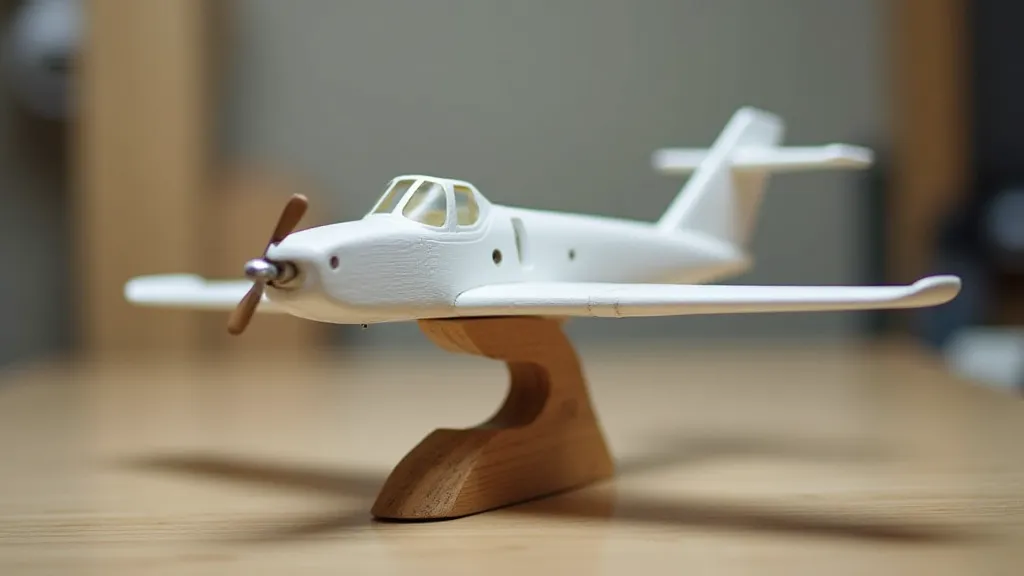
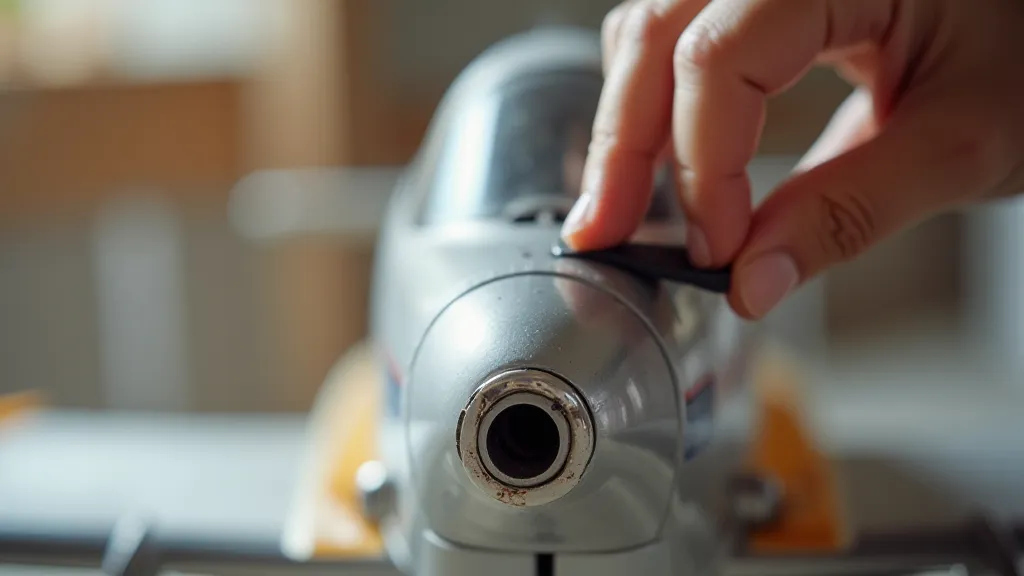
Important Considerations
- Consult Your Plans! Always refer to your airplane's plans for the recommended CG location.
- Safety First: Never fly an airplane that is not properly balanced.
- Experimentation: Once you have achieved a basic balance, you can experiment with slightly different CG locations to see how it affects the airplane's handling characteristics. A slightly more rearward CG can improve maneuverability, but it will also make the airplane more sensitive to control inputs.
Final Checks
After you’re confident in your airplane’s balance, perform a final check before the maiden flight. A well-balanced RC airplane is the key to a successful and enjoyable flying experience. Don’t rush this crucial step!
